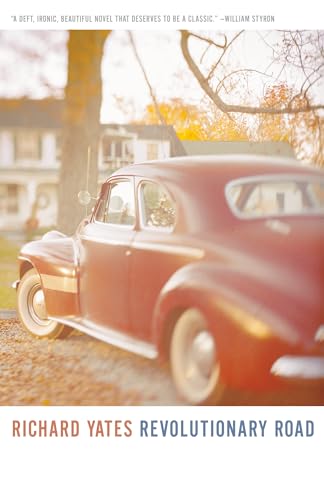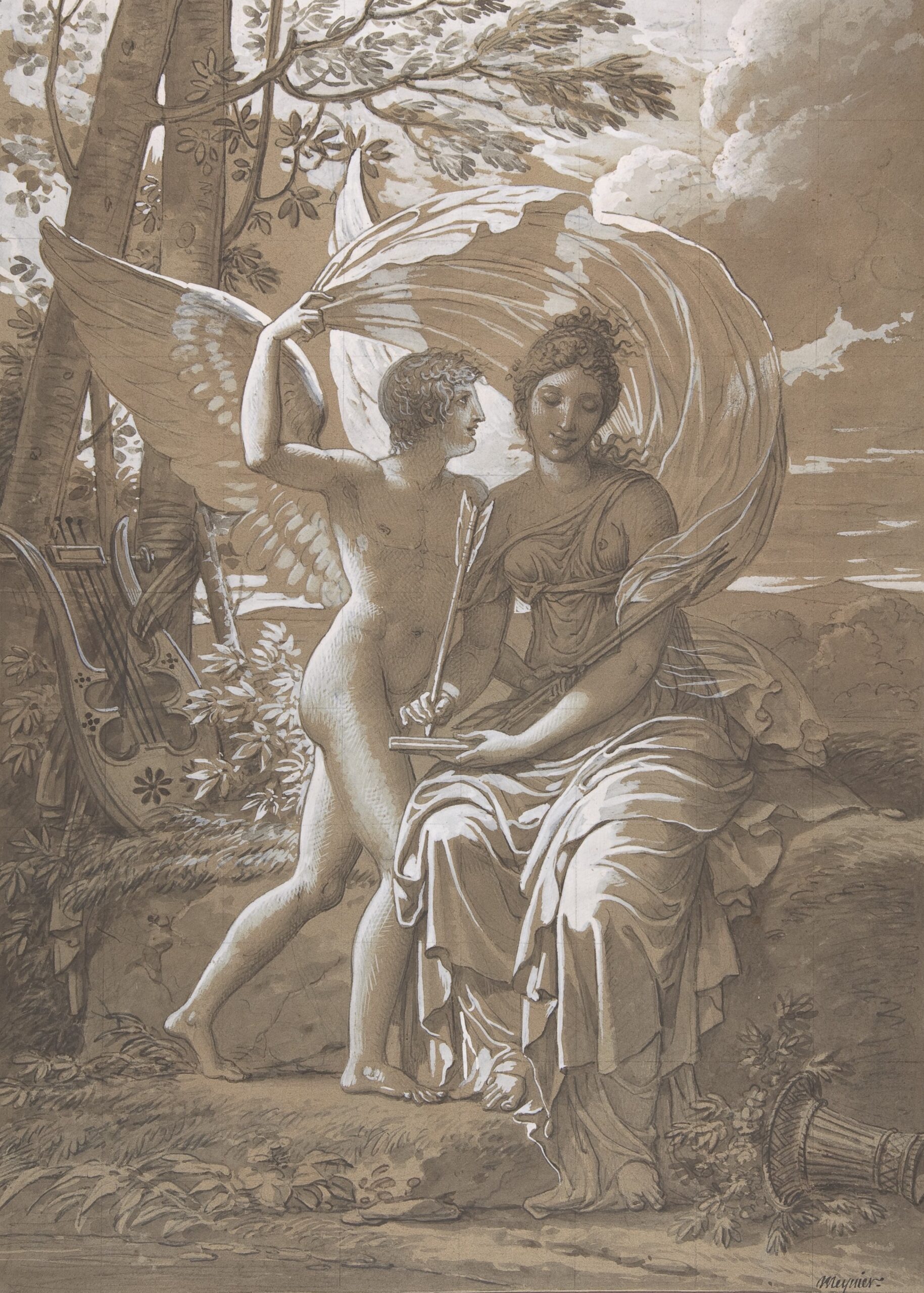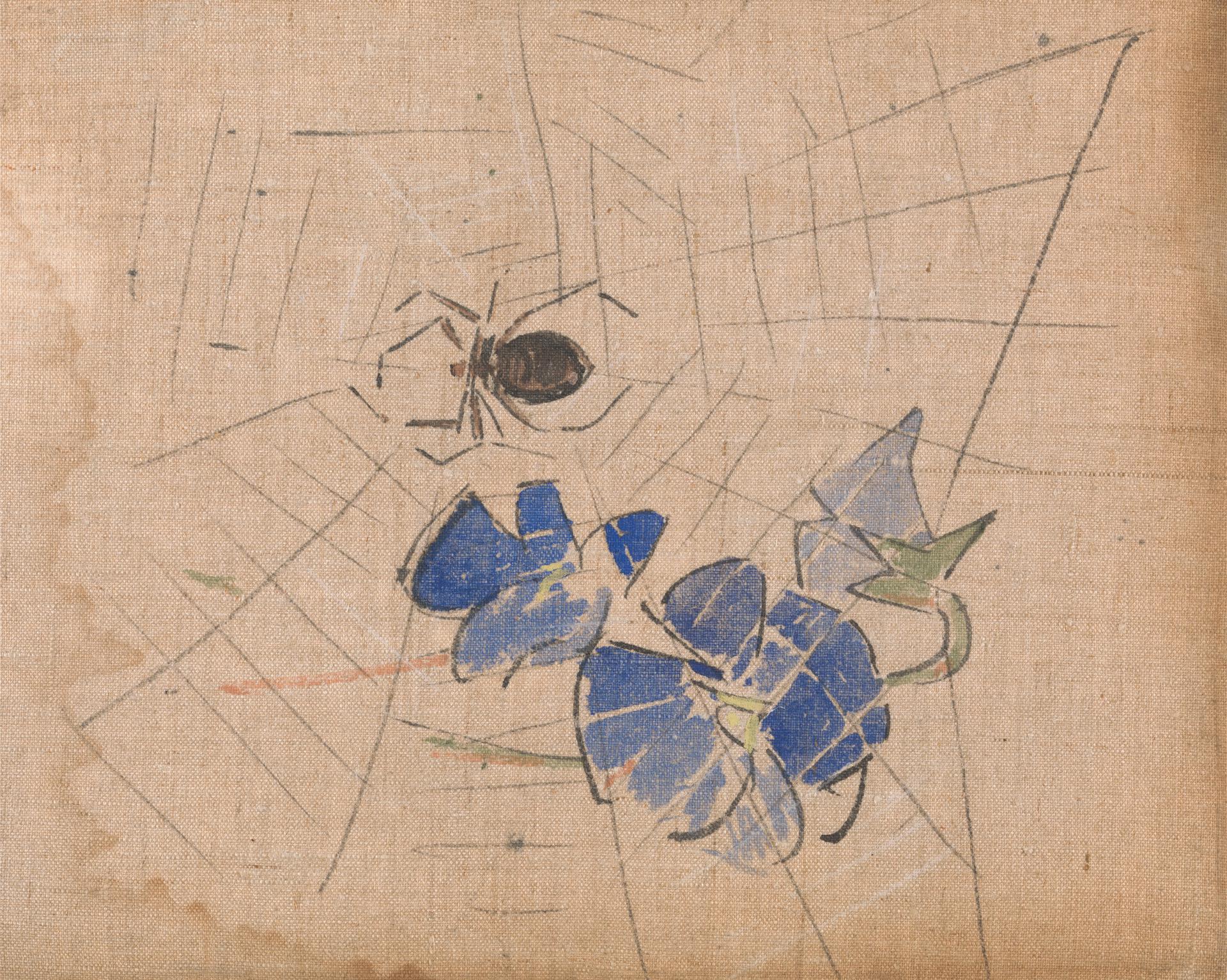1.
To blurb or not to blurb?
This seemingly innocent question was put to me for the first time a couple of weeks ago when a paperback review copy of a non-fiction book arrived in my mailbox. I knew it was coming. The author, Earl Swift, is a former newspaper colleague and an old friend, and he had written earlier to say he was hoping I would give his new book a blurb. At the time I didn’t even consider saying no because, as a blurb virgin, I thought I was simply being asked to do a friend a small favor. I had no idea I was agreeing to walk across an artistic, personal and ethical minefield.
 When I opened the envelope, my heart sank. The book’s title had that distinctive rotten-egg aroma of something that came out of the hind end of a focus group. It’s called The Big Roads. Worse, the subtitle is one of those 15-car pile-ups that sound like somebody in the focus group was trying way too hard: The Untold Story of the Engineers, Visionaries, and Trailblazers Who Created the American Superhighways. All the subtitle lacked was three exclamation points.
When I opened the envelope, my heart sank. The book’s title had that distinctive rotten-egg aroma of something that came out of the hind end of a focus group. It’s called The Big Roads. Worse, the subtitle is one of those 15-car pile-ups that sound like somebody in the focus group was trying way too hard: The Untold Story of the Engineers, Visionaries, and Trailblazers Who Created the American Superhighways. All the subtitle lacked was three exclamation points.
What had I gotten myself into? Earl Swift, as I say, is an old friend, but I also know that he’s a dogged reporter and a deft writer. (Full disclosure: when we first met I owned a pink-and-black 1954 Buick and he was driving a creamy white 1969 Oldsmobile Cutlass convertible. Never underestimate the power of classic Detroit pig iron to make two men bond.) So of course I wanted Earl’s book to succeed. Besides, he had shrewdly softened me up in advance by telling me how my first novel had changed his life: “I remember reading (it) and thinking: I’m a newspaper writer. This guy’s a writer who happened to work for a newspaper. I’m not overstating the case to say that reading that book helped prod me to get serious about my own work. It was a wake-up. True story.”
Now Earl was counting on me. What should I do if the book was as bad as its generic title and breathless subtitle? Was I obliged to lie in my blurb like most other blurb writers presumably do? Or did ethics require me to back out and, in doing so, break an old friend’s heart?
2.
I’ll admit that I’m swayed by blurbs from time to time even though I’ve always thought of them as suspect, vaguely sleazy. I suppose I’m suspicious partly because I was a big fan of Spy magazine in its heyday, and my favorite feature was “Logrolling in Our Time,” a hilarious and devastating monthly roster of writers who shamelessly plugged each other’s books. It was my first hint that book publishing might not be the gentleman’s game it then pretended to be. That it might, in fact, be a sweaty little orgy of incest.
In due time, I got a glimpse of how blurbing actually worked. When my second novel was nearing publication, someone in my agent’s office persuaded the best-selling author Nelson DeMille to read a galley of the book, which is set in Southeast Asia in 1963 and climaxes with the American-backed assassination of South Vietnam’s president, Ngo Dinh Diem, less than three weeks before the assassination of John F. Kennedy. DeMille, to everyone’s amazement, sent back the following blurb: “This is a wonderfully atmospheric novel that captures time and place, an illumination of a pivotal point in history. Bill Morris is an exceptionally gifted and savvy writer. The comparison to Graham Greene is fully merited.”
When I got my jaw off the floor, my first thought was, This is bullshit! Nobody in his right mind would compare me to a god like Graham Greene! But then I let it sink in for a while and I thought, Hmm…I’ve got no quarrel with “wonderfully atmospheric” or “exceptionally gifted and savvy.” And even if the Graham Greene bit is bullshit, it’s the kind of bullshit I can learn to live with. So I kept my mouth shut and let the publisher put DeMille’s quote on the front flap of the dust jacket. Did this blurb sell any books? Sadly, we’ll never know.
3.
To find out if blurbs help sell books, I decided to conduct a highly unscientific survey. I asked several well read friends the following questions: Do you ever buy books on the basis of blurbs? If so, do you have to know something about the blurb writer, or will any intriguing blurb do the trick?
Marianne Schaefer, a woman who makes documentary films and devours science fiction and fantasy novels by the metric ton, said, “Yes, blurbs from respected publications frequently convince me to buy a book. If I know the blurb writer and really like his or her writing – Neal Stephenson, say, or China Mieville – I’ll do further research about the book because it’s possible the blurb writer is a friend of the author.” Now comes the juicy part. “I have also not bought a book because it was blurbed by a writer whose recommendations I distrust. Ursula K. Le Guin is a perfect example. If she liked a book, I know it’s politically correct, female-empowering, pretentious crap.”
 Sara Nelson is probably as close to an authority as anyone on the question of whether or not blurbs sell books. She was once editor in chief of that industry bible, Publishers Weekly, and she’s now books director of O, the Oprah magazine. For good measure, she’s also an omnivorous reader and the author of a book about reading, So Many Books, So Little Time, which got its share of blurbs from brand-name authors. “A feast,” wrote Pat Conroy. “A joy,” wrote Susan Isaacs. “A smart, witty, utterly original memoir about how every book becomes a part of us,” wrote Augusten Burroughs. Most writers would kill their own mothers for such blurbs.
Sara Nelson is probably as close to an authority as anyone on the question of whether or not blurbs sell books. She was once editor in chief of that industry bible, Publishers Weekly, and she’s now books director of O, the Oprah magazine. For good measure, she’s also an omnivorous reader and the author of a book about reading, So Many Books, So Little Time, which got its share of blurbs from brand-name authors. “A feast,” wrote Pat Conroy. “A joy,” wrote Susan Isaacs. “A smart, witty, utterly original memoir about how every book becomes a part of us,” wrote Augusten Burroughs. Most writers would kill their own mothers for such blurbs.
Nelson told me, via e-mail, “I always look at blurbs when I’m in a bookstore, and I’m always intrigued by them, but…I’m more interested in figuring out how/why this particular author got that particular author to blurb him (‘Oh right, they have the same agent!’) than in thinking like a consumer. Obviously this is not typical. When I was at Publishers Weekly, I often spoke to consumers about their buying habits, and usually asked if blurbs influenced their book-buying decisions. Most of the time their answer was ‘yes’ – so I guess that’s why we keep going after blurbs. But of course there’s no way of knowing” if they work.
 Many writers who have hit the best-seller lists or won major awards have a strict policy of not writing blurbs. Some even talk about being in a “blurb-free zone,” which sounds like a bad Rod Serling spinoff. Colum McCann, who won the National Book Award in 2009 for his novel Let the Great World Spin, admits that he has been tempted to step into the blurb-free zone. The reason is simple.
Many writers who have hit the best-seller lists or won major awards have a strict policy of not writing blurbs. Some even talk about being in a “blurb-free zone,” which sounds like a bad Rod Serling spinoff. Colum McCann, who won the National Book Award in 2009 for his novel Let the Great World Spin, admits that he has been tempted to step into the blurb-free zone. The reason is simple.
“In the past week I got exactly eight books in the post to blurb. Eight!” he wrote in an e-mail. “I also got six separate e-mail requests from publishers and friends. Then I got two requests from former students. That’s a total of sixteen requests in just one week. The mailman hates me!”
That works out to 832 blurb requests per year.
“I feel so damn guilty not being able to blurb all the books, but it is just plain impossible,” McCann went on. “I’ve been trying to institute a policy of no blurbs, but I understand their necessity. They’re not even designed for readers since I think most people see through the bullshit factor. They are designed more for bookshops and just helping to get the books on the shelf… But again I understand the necessity. The blurbs for Let the Great World Spin (by Richard Price, Dave Eggers, Frank McCourt, Amy Bloom, John Boyne) were very, very important to its initial bookshop push. They helped the book succeed.”
 Frank McCourt, by the way, never entered the blurb-free zone. Prior to his death in 2009 he was a tireless blurber, a true champion of other writers, proof that some authors write blurbs even if they’re not trying to curry favor with other writers as possible sources of future blurbs. The prolific McCourt did, however, tend to get a bit repetitious, which seems to be an occupational hazard for serial blurbers. He wrote that Peace Like a River by Leif Enger has passages “so wondrous and wise you’ll want to claw yourself with pleasure.” He also wrote, “Open to any page of Helen Gurley Brown‘s I’m Wild Again, and you’ll claw yourself with pleasure.” And of Colum McCann’s 1998 novel This Side of Brightness, McCourt wrote, “In language that makes you claw yourself with pleasure, he powerfully evokes the stink of the present and the poignancy of the past.” We can only hope that McCourt was diligent about trimming his fingernails.
Frank McCourt, by the way, never entered the blurb-free zone. Prior to his death in 2009 he was a tireless blurber, a true champion of other writers, proof that some authors write blurbs even if they’re not trying to curry favor with other writers as possible sources of future blurbs. The prolific McCourt did, however, tend to get a bit repetitious, which seems to be an occupational hazard for serial blurbers. He wrote that Peace Like a River by Leif Enger has passages “so wondrous and wise you’ll want to claw yourself with pleasure.” He also wrote, “Open to any page of Helen Gurley Brown‘s I’m Wild Again, and you’ll claw yourself with pleasure.” And of Colum McCann’s 1998 novel This Side of Brightness, McCourt wrote, “In language that makes you claw yourself with pleasure, he powerfully evokes the stink of the present and the poignancy of the past.” We can only hope that McCourt was diligent about trimming his fingernails.
As for McCann’s theory that blurbs help to get books on store shelves, Toby Cox, owner of Three Lives & Company in New York’s Greenwich Village, has his doubts. “When I buy books I do it by looking through publishers’ catalogs, and they have blurbs,” Cox told me. “A blurb generally doesn’t sway me that I should bring a particular book into the store, but it does give me a feel for how a publisher is trying to position a book.” As for his customers, “If the blurb is by a favorite writer of theirs, it may have an influence. For my market it’s mostly reviews and word of mouth that sell a book. I think you can probably trace most blurbs back to a connection – the author and blurb writer are friends, or they have the same editor or the same agent – so I tend to take them with a grain of salt.”
One man who decidedly did not take blurbs with a grain of salt was the writer who coined the word, a turn of the last century humorist named Gelett Burgess (1866-1951). The cover of his 1906 book Are You a Bromide? shows a woman identified as MISS BELINDA BLURB IN THE ACT OF BLURBING. She’s shouting the book’s praises in no uncertain terms:
YES, this is a “BLURB”! All Other Publishers commit them. Why Shouldn’t We? Say! Ain’t this book a 90 H.P., six-cylinder Seller? … WE consider that this man Burgess has got Henry James locked into the coal bin, telephoning for “Information.” WE expect to sell 350 copies of this great, grand book. It has gush and go to it, it has that Certain Something which makes you want to crawl through thirty miles of dense tropical jungle and bite somebody in the neck. No hero, no heroine, nothing like that for OURS, but when you’ve READ this masterpiece, you’ll know what a BOOK is, and you’ll sic it onto your mother-in-law, your dentist and the pale youth who dips hot air into Little Marjorie until 4 A.M. in the front parlour. This book has 42-carat THRILLS in it. It fairly BURBLES. Ask the man at the counter what HE thinks of it! He’s seen Janice Meredith faded to a mauve magenta. He’s seen BLURBS before, and he’s dead wise. He’ll say:
This Book is the Proud Purple Penultimate!!
4.
Aware that I had a lot of tough acts to follow, I dug into The Big Roads. The title still bugged me, not only because it was bland but because I had a much better one: Six Sidewalks to the Moon. From the research I’d done while writing the novel that prodded Earl Swift to get serious about his own work, I happened to know that President Dwight Eisenhower, the putative father of our interstate highway system, had once gushed that this engineering marvel would require enough concrete to build “six sidewalks to the moon.”
But my misgivings began to evaporate when I reached page 5, where Swift notes that the interstates used enough concrete to “fill sixty-four Louisiana Superdomes to the rafters.” No flies on Earl! Soon my dread was replaced by relief, then pure delight. Earl Swift is still a deft writer, but the dogged reporter has turned into a prodigious researcher, a real-live historian, someone’s who’s willing to paw through acres of archives, troll the internet, conduct interviews, and read every available book, government report, biography and article on his subject. Along the way he gives us delightful thumbnail histories of motels, McDonald’s golden arches and that mother of all tourist traps, South of the Border. And he can be drolly funny. One man “seized on the task like a pit bull on a flank steak.” And Ike “wasn’t much of a detail man” but he did adhere to a “rigorous golf and vacation schedule.” Perhaps the book’s greatest achievement is to dispel the prevailing myth that the interstate highways popped fully formed out of Dwight Eisenhower’s shiny, empty skull. They did not. Nothing did.
 As good as it is, the book isn’t perfect. It could have used a bit more…artiness. Earl does quote a beautifully surreal passage about road-weary motorists that James Agee wrote for Fortune magazine in 1934, but he missed the chance to illustrate his point that the flame-throwing, technicolor cars of the 1950s had outgrown the roads they traveled on and, as a result, the country seemed to need the interstates. Here’s Richard Yates on the subject, from his immortal novel Revolutionary Road, which was written at the precise moment when Ike was talking about all those sidewalks to the moon: “Their automobiles didn’t look right either – unnecessarily wide and gleaming in the colors of candy and ice cream, seeming to wince at each splatter of mud, they crawled apologetically down the broken roads that led from all directions to the deep, level slab of Route Twelve. Once there the cars seemed able to relax in an environment all their own, a long bright valley of colored plastic and plate glass and stainless steel – KING KONE, MOBILGAS, SHOPORAMA, EAT – but eventually they had to turn off, one by one, and make their way up the winding country road…”
As good as it is, the book isn’t perfect. It could have used a bit more…artiness. Earl does quote a beautifully surreal passage about road-weary motorists that James Agee wrote for Fortune magazine in 1934, but he missed the chance to illustrate his point that the flame-throwing, technicolor cars of the 1950s had outgrown the roads they traveled on and, as a result, the country seemed to need the interstates. Here’s Richard Yates on the subject, from his immortal novel Revolutionary Road, which was written at the precise moment when Ike was talking about all those sidewalks to the moon: “Their automobiles didn’t look right either – unnecessarily wide and gleaming in the colors of candy and ice cream, seeming to wince at each splatter of mud, they crawled apologetically down the broken roads that led from all directions to the deep, level slab of Route Twelve. Once there the cars seemed able to relax in an environment all their own, a long bright valley of colored plastic and plate glass and stainless steel – KING KONE, MOBILGAS, SHOPORAMA, EAT – but eventually they had to turn off, one by one, and make their way up the winding country road…”
I was off the hook but I still had to write the blurb. Thinking of Pat Conroy and Susan Isaacs, I wanted to open with something pithy. A joy ride, I thought. Not bad. Now follow it up with something that has gush and go to it. An epic tale of… No, that’s as flat as the title. After many false starts and wrong turns, I came up with this: Earl Swift has written the best kind of popular history – one that paints vivid portraits, debunks myths and brings to life the fascinating and appalling stories behind the creation of that massive mixed blessing known as America’s interstate highways.
It may not have been a work of art but at least it wasn’t bullshit. I re-read it a dozen times, then typed it into an e-mail addressed to the book’s editor at Houghton Mifflin Harcourt. My finger hovered over the keyboard for a long time. I’m no Colum McCann, but once my blurb got published I had visions of the mailman dropping off stacks of review copies in front of my door. Did I really want to dive down that rabbit hole? I took a deep breath. Then another. And then I hit Send.
Yes reader, I blurbed him.
Image: Pexels/Jade Stephens.

















